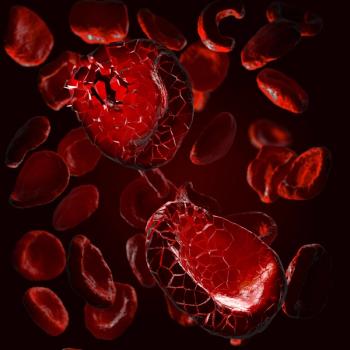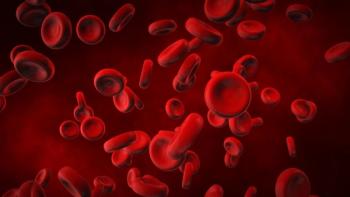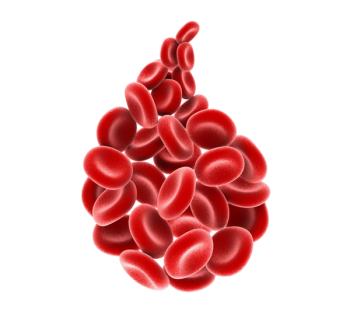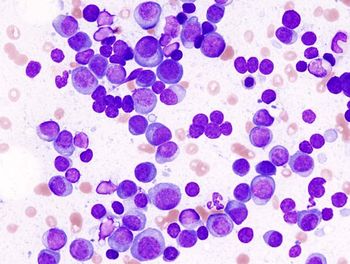
Exploring the Role of Gedatolisib in HR+/HER2-Negative Breast Cancer
Gedatolisib-based triplet regimens may be effective among patients with prior endocrine resistance or rapid progression following frontline therapy.
In a conversation with CancerNetwork® at the
Hurvitz expressed that gedatolisib was unique in its targeting of the PI3K/AKT/mTOR (PAM) pathway. Additionally, she explained that its intravenous administration reduces the dosing frequency, which may contrast with oral therapies, which are associated with higher occurrences of toxicity.
Furthermore, when considering whether to add palbociclib (Ibrance) to gedatolisib and fulvestrant (Faslodex), Hurvitz suggested that would be a question that would “stimulate much debate.” She concluded by explaining that an evaluation of subgroups in VIKTORIA-1 appeared to show a benefit with the triplet among patients with endocrine resistance or those who experienced a short time to progression following frontline therapy.
Hurvitz is the Smith Family Endowed Chair in Women’s Health and senior vice president and director of the Clinical Research Division at the Fred Hutchinson Cancer Center.
Transcript:
Gedatolisib is unique in that it targets all isoforms of PI3K class I as well as mTORC1 and mTORC2. That complete inhibition of the PAM pathway is unique and may relate to the real evidence of efficacy that we are seeing. Also, because it is given intravenously rather than orally, a patient is receiving only about 3 doses in a given month, whereas when taking a PI3K inhibitor orally, it is 16 to 28 doses. That may account for the higher toxicity we are seeing with hyperglycemia and diarrhea with the oral-based regimens.
Whether to use the triplet regimen or the doublet regimen is going to be a question that will probably stimulate much debate. Looking at our subgroup analyses and comparing the benefit of the triplet vs the doublet as an exploratory measure, it does seem that patients who have endocrine-resistant disease [or] who experienced a short time to progression on frontline therapy may be the ones who are going to benefit more from a triplet than a doublet.
Reference
Hurvitz SA, Layman RM, Curigliano G, et al. Gedatolisib plus fulvestrant, with & without palbociclib, vs fulvestrant in patients with HR+/HER2-/PIK3CA wild-type advanced breast cancer: first results from VIKTORIA-1. Abstract presented at: European Society for Medical Oncology Congress 2025; October 17-21, 2025; Berlin, Germany. Abstract LBA17.
Newsletter
Stay up to date on recent advances in the multidisciplinary approach to cancer.

















































































